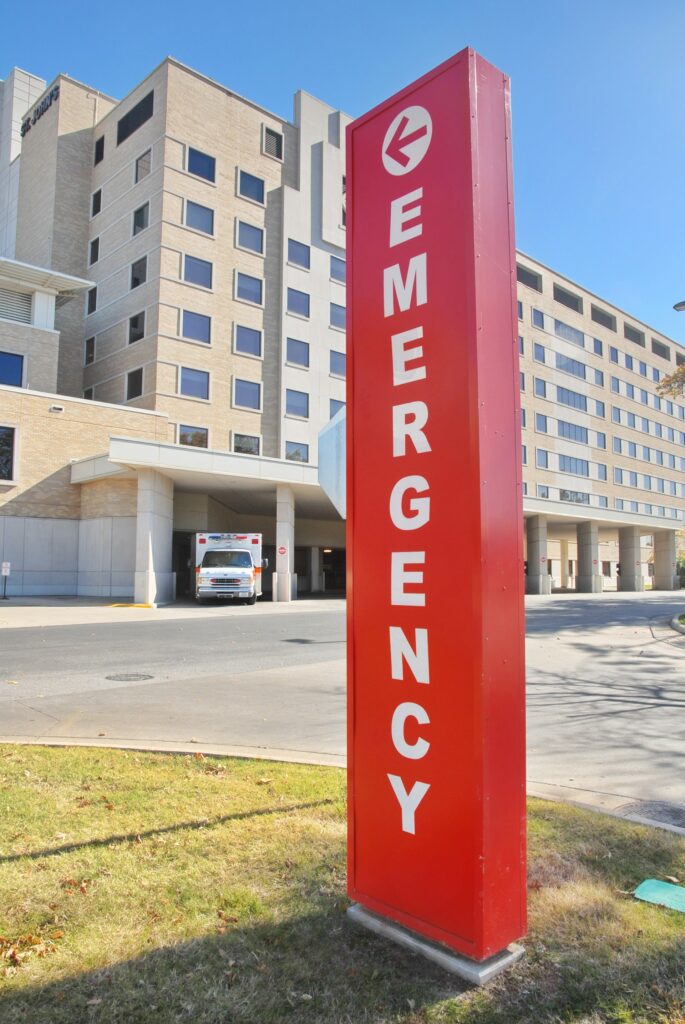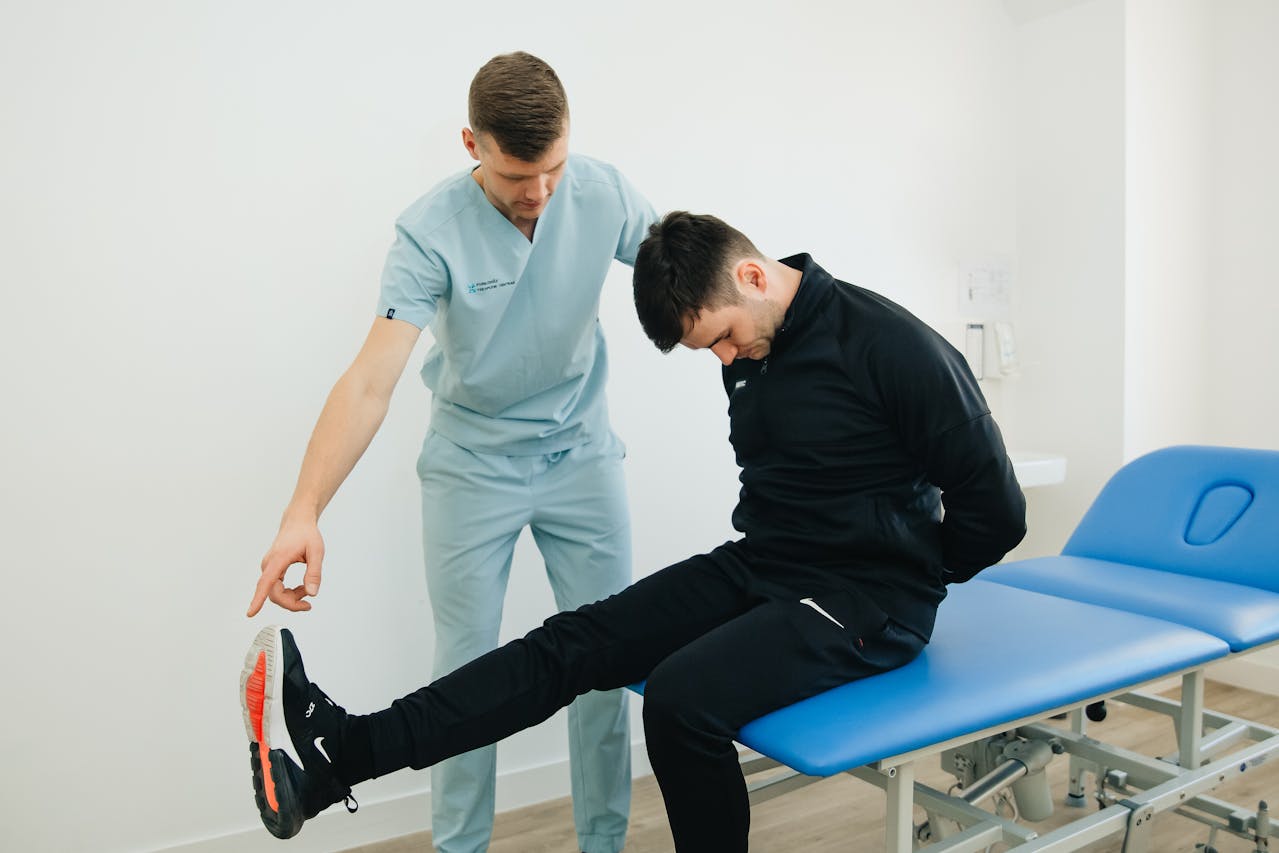DVT Symptoms You Should Not Ignore
Symptoms of DVT may include swelling, redness, warmth, or pain in the leg, but oftentimes. Do not ignore these symptoms. If you have these symptoms see a physician to make sure you do not have a DVT.
Life or Limb-Threatening Risks Associated With DVT You Should Not Ignore
 A life-threatening complication of a DVT is a clot in your leg detaching, traveling through the bloodstream, and getting stuck in the lungs. This condition is a Pulmonary Embolism (PE).
A life-threatening complication of a DVT is a clot in your leg detaching, traveling through the bloodstream, and getting stuck in the lungs. This condition is a Pulmonary Embolism (PE).
Symptoms of PE include; sudden chest pain, difficulty taking a deep breath, shortness of breath, or a feeling of doom. In fact, only 50% of individuals diagnosed with DVT/PE reported experiencing any symptoms before the first signs of PE. if you have these symptoms call 911. Immediate, emergency medical attention is imperative. In the US alone, the equivalent of a jumbo jet crash of patients dies every day from PE. Many of these deaths are preventable.
A limb-threatening risk of DVT is a massive clot in the iliac vein that blocks the major deep venous blood return and can lead to a condition known as Phlegmasia Cerulea Dolens. If you have sudden leg swelling and pain and bluish discoloration of the skin of your legs you may have an obstructive DVT. If not detected, diagnosed, and treated immediately to clear out the clot, there is a risk of loss of limb or life. This is an acute medical emergency and you should call 911 or report immediately to a hospital ER near you.
Diagnosis of DVT
At Vein Specialists of the South, we are vigilant about your vein health and want you to be, too. If you have unexplained leg symptoms, particularly if you have existing varicose veins, we highly recommend you see your Vein Specialists for a vein consultation and evaluation.
Worried you may have a DVT? Go to your doctor, urgent care, or hospital ER and express your concern about your legs. Ask this question, “How do you know I don’t have a DVT/PE?”
Duplex venous ultrasound is the tool most commonly used for the diagnosis of DVT. It’s a simple, quick, and accurate test for DVT. In a hospital setting, a screening blood test (d-dimer) may be ordered. If positive, it increases the suspicion that you may have a DVT.
There are advantages to seeing a vein specialist with an office-based practice. The office-based lab saves you time by keeping you out of the ER and saves you on costly hospital charges. It assures a quick diagnostic study and interpretation so you don’t wait hours for a study to get your results or begin treatment if needed.
At VSS our office vascular lab is Accredited by the IAC as a ‘center of excellence for venous ultrasound’ And our office is an Accredited Vein Center. Each team member who performs your Venous US is registered in US diagnostic imaging’ And our physicians who read the studies have credentials in vascular lab interpretation.
Diagnosis of PE or Phlegmasia with Iliac Vein Obstruction
If you suspect you are having a PE or Phlegmasia obstruction of her deep veins based on the symptoms mentioned above, call 911 immediately and remember to ask the doctors ‘how do you know I am not having a PE or Iliac vein obstruction.’
Based on history, physical exams, and symptoms of PE, an urgent CT scan of the chest is the test most often ordered. Other tests may be deemed appropriate by the providers.
Based on the history, physical exam, and symptoms of sudden and severe swelling of the lower extremity (more common in the LLE) an urgent duplex US of the lower abdomen and legs will be ordered. This scan and CT if needed should clearly diagnose and or rule out a Deep Vein Thrombosis in the iliac vein that drains that leg.
Effective Treatment for DVT
At Vein Specialists of the South, we are equipped with the expertise to evaluate your leg health, discuss any symptoms you’ve been experiencing, and develop a treatment plan designed specifically for your needs. Treatment options may include anticoagulants (blood thinners), and compression therapy. In some cases, minimally invasive procedures to remove or dissolve the clots may be appropriate. In those cases, we have referral relationships with physicians with expertise in these treatments.
If you are diagnosed with PE or Phlegmasia, you should immediately be referred to a tertiary hospital setting with the capability of treating these limb- or life-threatening conditions PE, and iliac vein DVT with obstruction.
Treatment of a serious PE may require specialized testing and treatment to break up the clot in the lung and remove it, restoring healthy blood flow to the heart and lungs.
Likewise, aggressive measures are taken if the iliac vein thrombosis is severe and putting your limb or life at risk. The measures include clot-busting medications and mechanical measures to remove the blood clot and stent the vein open if it is scarred closed.







 A life-threatening complication of a DVT is a clot in your leg detaching, traveling through the bloodstream, and getting stuck in the lungs. This condition is a
A life-threatening complication of a DVT is a clot in your leg detaching, traveling through the bloodstream, and getting stuck in the lungs. This condition is a 



